1. Social Isolation and Loneliness

While 55+ communities are designed for social engagement, some seniors find them isolating. AARP reports that social integration within these communities is not always seamless, and residents who struggle to make connections may feel lonely. This lack of deep social bonds can lead to emotional distress over time.
Additionally, as residents age, they may experience the loss of friends or a spouse, making the community feel emptier. Many retirees now prefer to live near family or in neighborhoods with a broader mix of ages, which allows for more dynamic social interactions and stronger emotional support systems.
2. The Rising Cost of Retirement Communities
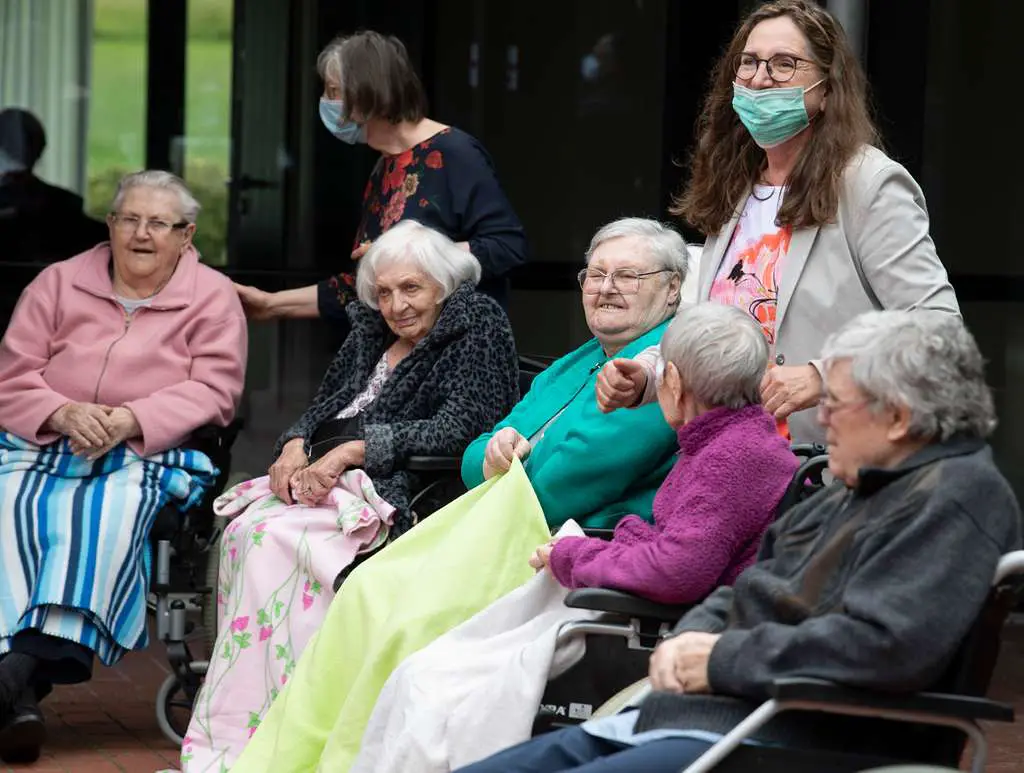
According to The New York Times, the cost of living in 55+ communities has risen significantly in recent years. HOA fees, property taxes, and maintenance costs add up, making these communities less affordable for many retirees. With inflation driving up daily expenses, some seniors find it difficult to justify these high costs. As a result, many are downsizing, renting, or seeking alternative living arrangements.
Economic uncertainty is another factor contributing to this shift. Many retirees rely on fixed incomes, and unexpected expenses can quickly become burdensome. With healthcare and other necessities taking priority, cutting back on housing costs has become a financial necessity for many seniors.
3. Changing Lifestyle Preferences

Forbes notes that today’s retirees have different lifestyle goals compared to previous generations. Many prefer intergenerational environments where they can interact with people of all ages, rather than being restricted to a community of peers. The desire for more diverse social interactions has led many to explore urban settings or co-living arrangements.
Additionally, the traditional amenities of 55+ communities, such as golf courses and scheduled activities, do not appeal to everyone. Some retirees prioritize travel, remote work, or hobbies that require more flexibility than these communities typically offer. This shift in priorities is leading many to rethink where and how they want to spend their retirement years.
4. Limited Healthcare Access and Support
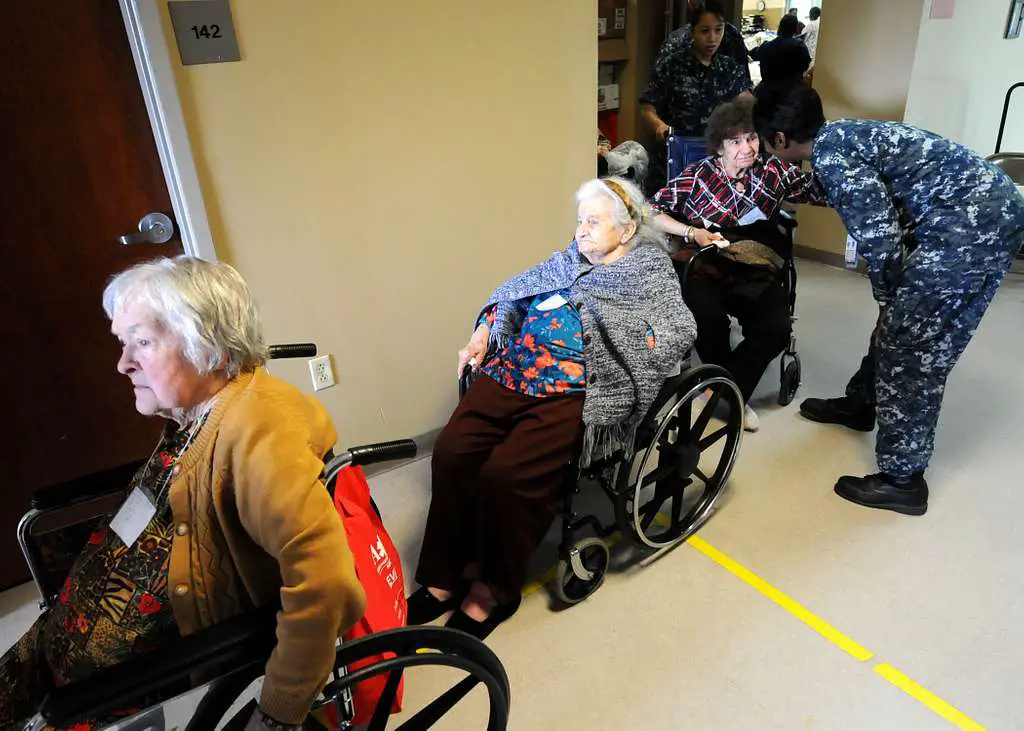
Contrary to popular belief, 55+ communities do not always provide easy access to medical care. The Wall Street Journal highlights that while these communities may offer wellness programs, they often lack on-site healthcare services. This can become a major concern as residents age and require more frequent medical attention.
Many seniors are instead choosing to live closer to top-rated hospitals or in areas where family members can provide support. The need for reliable healthcare is a driving force behind the decision to leave or avoid age-restricted communities altogether.
5. The Appeal of Alternative Living Arrangements

With the downsides of 55+ communities becoming more apparent, seniors are exploring alternative housing options. Some are choosing multi-generational living, which allows them to stay close to family while sharing expenses. This arrangement provides both financial and emotional benefits, making it an increasingly popular choice.
Other retirees are drawn to urban living, where they have easy access to restaurants, cultural attractions, and healthcare facilities. The convenience and vibrancy of city life often outweigh the appeal of a secluded retirement community.
6. The Challenges of Homeownership in Retirement

Owning a home in a 55+ community comes with responsibilities that some retirees would rather avoid. Regular maintenance, unexpected repairs, and property taxes can become overwhelming on a fixed income. These financial and logistical burdens push many seniors toward renting or co-housing alternatives.
Additionally, the resale market for homes in age-restricted communities can be slow, making it difficult for retirees to move if their needs change. This lack of flexibility is another reason why many seniors are rethinking traditional retirement housing options.
7. The Desire for Greater Independence
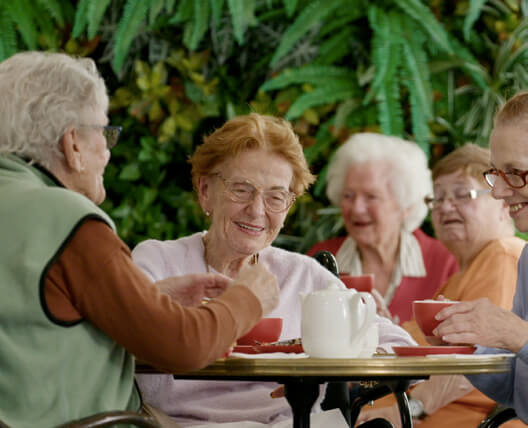
Many retirees are seeking more freedom in their lifestyle choices. Strict HOA rules and community regulations can feel restrictive, limiting personal choices regarding home modifications, pet ownership, and even guest policies. Some seniors find these rules too confining and opt for environments where they have more control.
Additionally, retirees who still enjoy working part-time or running businesses often prefer locations with greater access to professional opportunities. This shift toward maintaining an active and independent lifestyle is driving many seniors away from traditional 55+ communities.
8. The Future of Retirement Living

The decline of the traditional 55+ community model does not mean retirees are abandoning the idea of community altogether. Instead, they are seeking more adaptable, cost-effective, and socially fulfilling alternatives. The future of retirement living is evolving, with an emphasis on flexibility, integration, and individual choice.
As retirees continue to reshape the landscape of aging, developers and policymakers may need to rethink the structure of retirement communities to better align with the changing needs and desires of the next generation of seniors.
9. Inadequate Mental Health Resources

Mental health support is often overlooked in age-restricted communities. Many offer basic wellness programming but lack dedicated professionals or structured therapy options. Seniors dealing with grief, anxiety, or chronic depression may find few resources readily available. This gap can contribute to the decision to relocate to areas with more robust healthcare infrastructure.
Increasingly, retirees are choosing settings where mental health services are integrated into broader care systems. Living near family or in mixed-age neighborhoods often provides stronger emotional support. Communities with access to counseling centers and social services are gaining popularity. For seniors, mental well-being is just as critical as physical health.
10. Uninspired Architecture and Layout
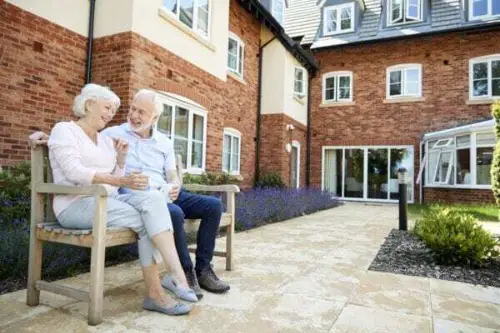
Many 55+ communities share a uniform look: cookie-cutter homes with limited design variation. While functional, these layouts can lack character or creative personalization. Seniors who’ve spent decades cultivating a sense of home may find these standardized spaces underwhelming. The aesthetic monotony can feel more institutional than inviting.
New retirees increasingly seek vibrant, individualized living environments. They’re drawn to urban lofts, historic homes, or eco-conscious builds that reflect their values and tastes. The desire for authenticity and architectural variety is prompting many to look beyond traditional retirement options. Bland doesn’t cut it for a generation that redefined style.
11. Poor Emergency Preparedness
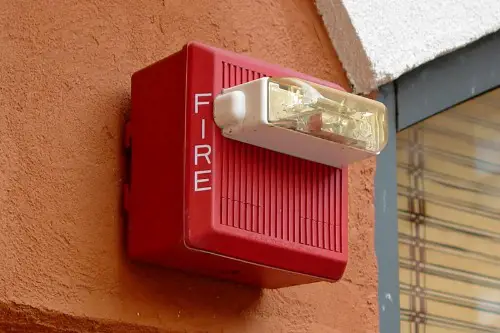
Age-restricted communities often lag behind in emergency planning and infrastructure. Whether it’s wildfire evacuation, storm shelter access, or power outage protocols, preparedness isn’t always adequate. Seniors living in such communities may feel vulnerable during disasters, especially if medical needs are involved. The anxiety around safety is fueling exits.
In contrast, urban areas and newer developments often offer better emergency services and faster response times. Proximity to hospitals, public transportation, and essential utilities offers peace of mind. Retirees are reassessing location choices with resilience in mind. Safety isn’t negotiable—it’s a top priority.
12. Outdated Social Programming
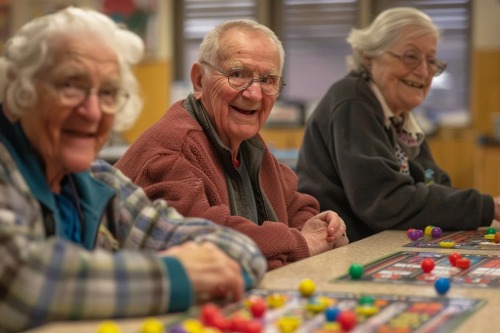
Many 55+ communities continue offering traditional pastimes like bingo nights and bridge clubs—but they don’t reflect modern retiree interests. Today’s seniors are tech-savvy, globally aware, and often engaged in activism or entrepreneurship. The programming hasn’t kept pace, leaving some residents feeling culturally disconnected. A stagnant social calendar is no longer appealing.
Communities that embrace innovation, offer volunteer opportunities, and promote continuing education are gaining traction. Retirees want to stay mentally and socially active—not confined to routine. Aging doesn’t mean disengagement, and housing models must evolve accordingly. Otherwise, vibrant individuals will keep heading elsewhere.
13. Disconnection from Nature
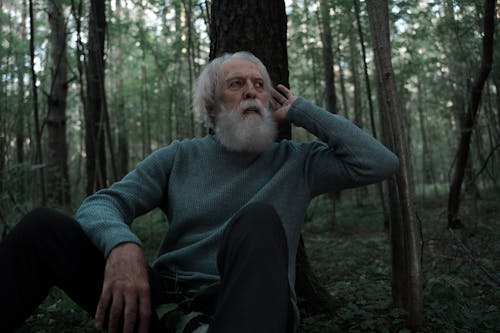
Despite manicured lawns and walking paths, many 55+ developments are built far from parks, forests, and natural water features. Seniors increasingly value meaningful access to nature—not artificial landscaping. They seek hiking trails, wildlife encounters, and restorative green spaces. The absence of this connection can feel stifling.
Moving to more rural or nature-adjacent settings allows retirees to enjoy their golden years surrounded by life and renewal. Whether it’s gardening, birdwatching, or simply enjoying a view, nature feeds the spirit. Communities that can’t offer this are losing appeal. Serenity doesn’t come from perfect mulch—it comes from the wild.
14. Technological Limitations

Some age-restricted developments lag behind in tech infrastructure. Spotty Wi-Fi, limited smart-home options, and outdated security systems make daily life harder for digitally engaged seniors. With more retirees embracing streaming, telehealth, and remote work, these limitations are increasingly unacceptable. A home should support—not hinder—modern living.
Retirees are choosing places equipped for digital ease, with fiber internet, smart thermostats, and online HOA access. They want homes that align with how they live today—not twenty years ago. Traditional communities that haven’t modernized are losing ground. Comfort now includes connectivity.
15. Limited Transportation Options

Transportation is another growing concern in 55+ communities, especially for those who no longer drive. Many developments lack reliable public transit or on-demand services, leaving residents stranded or overly reliant on others. This isolation can affect access to appointments, shopping, and social events. Mobility equals independence—and seniors are prioritizing it.
Urban neighborhoods with walkable streets, rideshare availability, and proximity to transit are gaining favor. Retirees want freedom of movement, not fixed shuttle schedules. Without dynamic transportation solutions, age-restricted living loses its shine. The open road still calls.
16. Shifting Retirement Expectations
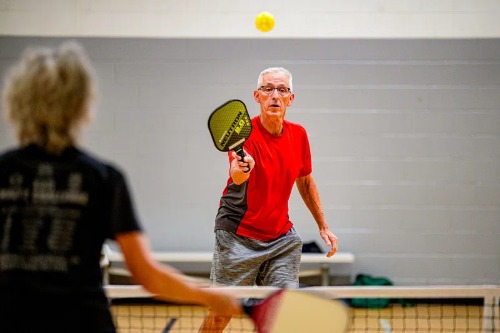
Finally, the entire concept of retirement is evolving. Many seniors no longer see this phase as a slow wind-down but as a reinvention period. They’re starting businesses, learning new skills, traveling, and volunteering in meaningful ways. The 55+ model often doesn’t support this active and expansive mindset.
Instead of settling into predictability, today’s retirees are opting for adventure and engagement. The future belongs to flexible living, not gated monotony. Seniors are voting with their feet—leaving behind outdated systems for a life that reflects their dreams. Retirement hasn’t ended—it’s just changed direction.
This post The Retirement Boom Is Over – Why Seniors Are Fleeing 55+ Communities was first published on Greenhouse Black.
